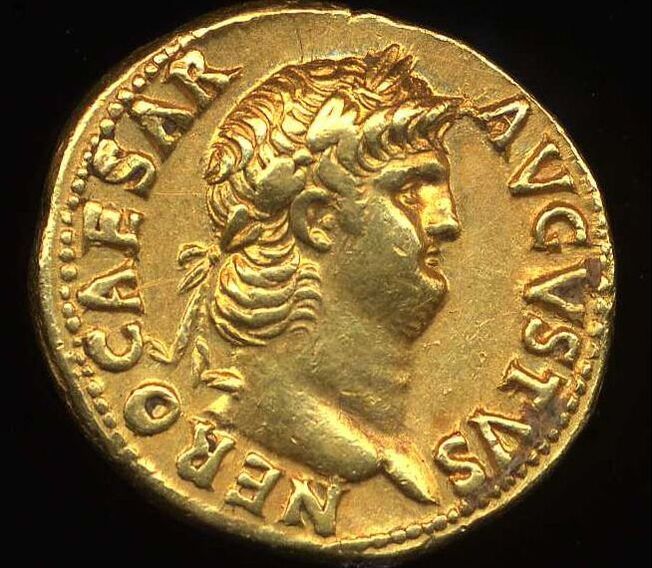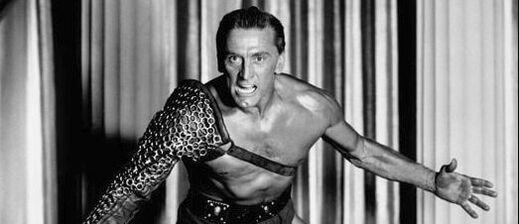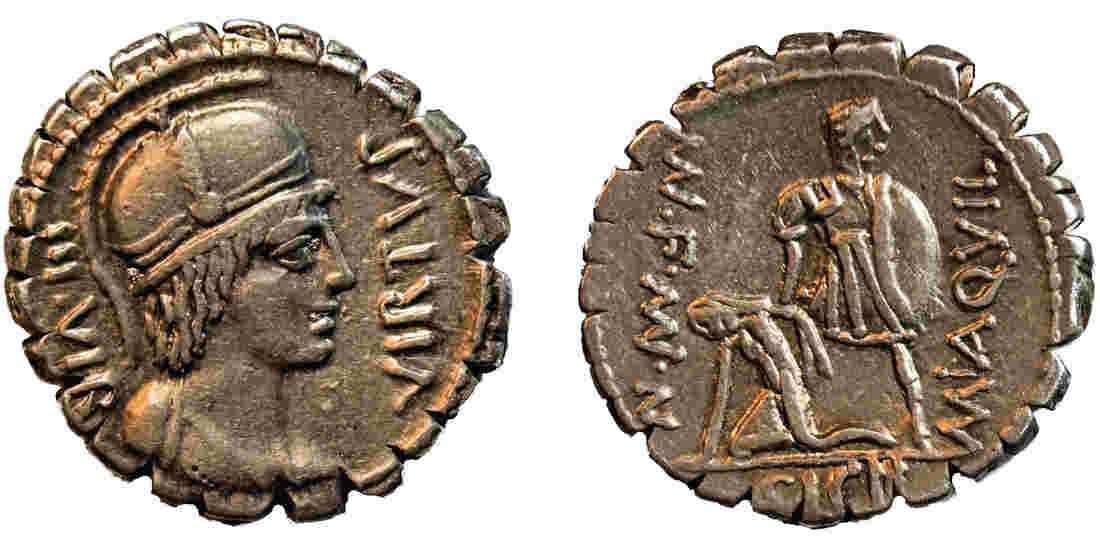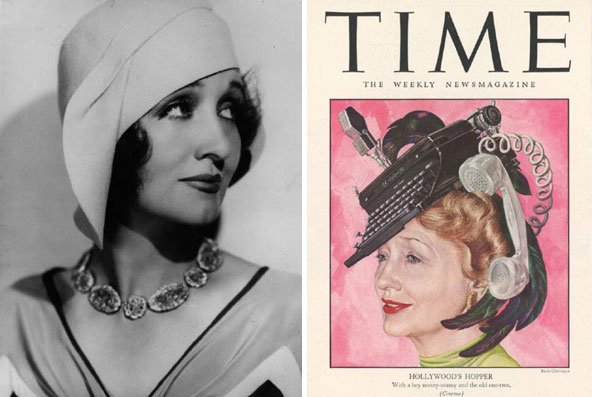|
This last month marked the one year anniversary of my mom's death at age 93. You might say she was taken from us but that word has a much bigger meaning in our family history.
Pins, like the one above, were available to Naval officers during World War II to give to their girlfriends or fiancés. This particular pin was given by my dad to my mom. They met while he was on leave in Detroit and she was working at the USO. It led to a nickname that stuck with my mom for the rest of her life. I could tell you the story but you can hear it from her in the video below, produced by Museum of History and Holocaust Education at Kennesaw State University,
The video is part of the Georgia Legacies of World War II Exhibit at the Museum. If you are interested, the Museum's profile of mom and her WWII experience can be found at this link.
Her background includes years at a Canadian boarding school, college interrupted by World War II, work at the FED and USO, a whirlwind romance that changed her name and resulted in a family with four boys, and induction into the American Rosie the Riveter Association. That's her below working at the USO.
The first photo and text are copyright Clinton Richardson. If you like these posts, please tell your friends about the Venture Moola blog at Readjanus.com. More of our images can be found on our companion website at trekpic.com. Feel free to share this blog with your friends. The more readers the better.
Click here if you would like to get an email notification when we release new entries. Or, click in the side column to follow us on Facebook or Twitter. My apologies to all those who will be offended by this post but this is all just for fun. How often in these tense times do we get to focus on something as inconsequential as Presidential tan lines. It seems like ages ago that this photo went viral after a Presidential tweet. But, actually, it was just earlier this week that this image was posted and then made viral by a Presidential response. A copy of this image was tweeted by Donald J. Trump @realDonaldTrump with the following message: "Fake news. This was photoshopped, obviously, but the wind was strong and the hair looks good? Anything to demean!" So the question of the day is whether the photo was altered, or this just a film or camera adjustment issue? Judge for yourself. Here is a second image taken about the same time by another photographer. My personal opinion is that this is a contrast adjustment, a difference between cameras, or maybe what photographers call a White Balance adjustment and nothing more. Was it contrasted up to overemphasize the color difference? Perhaps so. What do you think? In any event, it is certainly not altered as dramatically as the image below. The second image is definitely altered using a photo editing program. Inspired, perhaps, by Dustin Hoffman's portrayal of Tootsie in the film by the same name? The President's tweet about the image was pretty mild by Trumpian standards. It did not call for punishing the photographer and did not insult the photographer. Perhaps, he is comfortable with his spray tan and with everyone knowing about it. And, maybe tans will become de rigueur for future Presidents. Apparently, though, tan quality is not an advantage in a Presidential election as the two images below show. Clearly, Senator Romney sports the better tan. But, perhaps the most pressing tan issue at the moment following Bernie Sanders plurality in New Hampshire, is whether the Vermont Senator will up his tan game if he gets the Democratic nomination. And, yes, this is obviously photo edited. From a historical perspective, no Presidential tan can match the permanent tan Roman emperors achieved when they minted gold coins in their image. Could this be the look the President is going for? . . . .
The images above are all circulating on the Internet and are reproduced here in reliance on the fair use doctrine. The text is original and copyright protected. If you like these posts, tell your friends about the Venture Moola blog at Readjanus.com. Feel free to share this blog with your friends. The more readers the better. Click here if you would like to get an email notification when we release new entries. Or, click in the side column to follow us on Facebook or Twitter. As you are probably aware, Kirk Douglas died the other day at the age of 103. He was a Hollywood legend, a prolific actor and producer who created memorable roles and iconic films. You may remember him from his movie Spartacus and the iconic catch phrase from the scene at the end of the movie when the Roman General Marcus Crassus looks out over a field of defeated slaves and demands that Spartacus give himself up only to be met with defiance as condemned slave after condemned slave stands and proclaims that "I am Spartacus!" A great film moment to be sure. But, did you know there was real courage behind the movie as well? In fact, the making of Spartacus by Kirk Douglas, was an act of profound courage. It was, as you can read below, an act of defiance itself that had helped end a dark chapter of American history. That dark chapter was the 1950s witch hunt of Senator Joseph McCarthy and legal counsel Roy Cohen that blacklisted and imprisoned many law abiding Americans accused of affiliating with the Communist Party. Accusations, lies, and intimidation from McCarthy and Cohen created a state of paranoia and fear throughout the country. What follows is the story of how Kirk Douglas defied the blacklists when he produced Spartacus and why it mattered. The narrative comes largely from my book about ancient personalities who shaped our common history - Ancient Selfies - History Revealed Through the World's First Social Media - Ancient Coins, available on Amazon.com.
The success the slave rebellion led by Spartacus against Rome’s legions and the size of the slave army struck fear into the hearts of Rome’s citizens. Many Romans feared for the very survival of the Republic. Rome, itself, depended on slave labor for its very survival. After almost three years of success, Spartacus and his army were finally defeated by a group of Rome’s legions under the command of Marcus Crassus, Magnus Pompey and Julius Caesar. Following the defeat, Crassus marched the defeated slaves along the Appian Way toward Rome, crucifying many of them along the roadside. Thousands of Spartacus’ compatriots were hung out to die, 17 per mile or 6,000 in total by one estimate. The action was intended to strike fear into the slave population of Rome. Intimidation as a Roman method of control. The coin shown above was issued in that same year to celebrate the end of the slave war by honoring an earlier Senator who had played a role in putting down an earlier slave revolt thirty years earlier. The coin’s image of a conquered slave and triumphant legionnaire was intended to remind Rome's freemen and slaves of the horrible fate inflicted on the conquered slave army of Spartacus. More than 6,000 defeated slaves were crucified and left to die and rot along the Appian Way. How this ancient story came to modern America. But, while Spartacus and his army of slaves did not win freedom from Rome, their story would help bring an end to an era of persecution in America 2,000 years later. In 1951, at the height of the Communist witch hunts led by U.S. Senator Joseph McCarthy, one bestselling American author would self-publish a novel about Spartacus and a Hollywood leading man would make his book into a movie in a series of events that would help end the McCarthy era. Howard Fast, the author of Spartacus, had been a bestselling author for years when he found himself needing to self-publish his work after his name appeared on Senator McCarthy’s blacklist of communist sympathizers. Notwithstanding the difficulties of promoting, publishing and distributing his work, Fast’s Spartacus became an instant success. Not only did it reach number one on the New York Times Bestseller List, it also spawned the blockbuster movie by the same name. The book was controversial because of its author and content. McCarthy’s followers claimed it was popular reading among Communists. Douglas acquires the film rights to Spartacus. The actor Kirk Douglas, upset at losing the role of Ben Hur to Charlton Heston in the movie of the same name, bought the screen rights to the book from Howard Fast. Douglas, who had declined the role of Ben Hur’s enemy rather than to play second banana to his rival Heston, admitted that his disappointment in losing the role of Ben Hur led him to purchase the rights to Spartacus. Douglas also took the controversial step of hiring Dalton Trumbo, one of the members of the Hollywood Ten, to write the screenplay. Trumbo had been jailed for refusing to cooperate with the House Un-American Activities Committee and had been forced to write scripts under a pseudonym for a decade. Douglas not only hired Trumbo to write the screenplay but also included his name in the movie’s credits. It was the first time Trumbo's name appeared in a movie's credits since he had been blacklisted. Reaction to Spartacus the movie. When the film was released in 1960 with Trumbo's name in the credits, influential Hollywood columnist Hedda Hopper denounced Douglas for hiring Trumbo. The American Legion joined in the condemnation and picketed the movie’s Los Angeles premiere. Douglas responded by hiring Trumbo to write two more screenplays. And then a thoughtful young President weighed in. Newly elected President John Kennedy crossed the American Legion picket line to view the film and praised it afterward. The film went on to become a blockbuster hit, earning more money at the box office than any movie before or for the next decade. The events unleashed by Kirk Douglas' courage marked a turning point in the power of McCarthy’s blacklists in Hollywood. And so, in this way, the very real Spartacus from two centuries earlier, helped inspire a bestselling author and a feisty Hollywood actor to collaborate in a way that would help end persecution in twentieth century America. Thank you Kirk Douglas for a life of courage. You were Spartacus personified! Postscripts. One, and perhaps the most influential, person in crafting the methods of intimidation and misinformation that created the hysteria and fear that gripped America during the McCarthy era was the legal counsel to the House Un-American Committee, Roy Cohen. He is seen above counseling Senator McCarthy during a House Committee hearing in the 1950s and, later, chatting with his longtime client and protege Donald Trump.
. . . .
The second, third and last photos and all text are copyright Clinton Richardson. The coin is from the Ancient Selfies collection. The gladiator mosaic is on display at the Borghese Gallery in Rome, Italy. The note from Howard Fast is from a private collection. If you like these posts, please tell your friends about the Venture Moola blog at Readjanus.com. Feel free to share this blog with your friends. The more readers the better. Click here if you would like to get an email notification when we release new entries. Or, click in the side column to follow us on Facebook or Twitter. A knowledgeable friend attributes the following quote to George Orwell and his book 1984 about a (then) future dystopian society of thought police and oppression. The Party told you to reject all evidence of your eyes and ears. It was their final, most essential command. The Party referred to is not the Republican Party. Although, you are forgiven if you think so after the recent impeachment trial in the U.S. Senate,
Nero was wild about chariot races and games. So much so, that he even drove a ten horse chariot in the Olympic Games much to the dismay of his advisors. His charioteer haircut bothered his advisors and members of the Senate. It was not fitting for the ruling emperor, or at least they said when he was not listening. Of course, Nero did not care what his advisors or the Senate thought. Nero ruled without the restraint of an independent Senate, He was absolute emperor and wielded power confidently and sometimes ruthlessly. While most historians question whether Nero ordered the burning of Rome in 64 AD, others believe the massive fire that consumed Rome and killed many was a deliberate act of an emperor who wanted to make Rome great again by clearing the way for his own building projects. He was said to have sung The Sack of Illium in stage costume and played his lyre as he watched Rome burn. After Rome's destruction, Nero made Christians the scapegoat and ordered the persecution of its members as punishment. Tradition holds that Christ's disciple Peter was among those caught up in Nero's persecution. In Peter's case, the belief is that he was crucified hanging upside down on a cross. We cannot know the full picture of Nero's life with any certainty. The records are too old and incomplete to know everything about him. But the coin he authorized does give us one concrete glimpse of man. And, it raises a question. We know why Nero wore his hair combed up and out, but why does Trump? The first photo and all text are copyright Clinton Richardson. If you like these posts, please tell your friends about the Venture Moola blog at Readjanus.com.
|
the blog
Travel, history, and business with original photos.
your hostClinton Richardson - author, photographer, business advisor, traveler. Categories
All
Archives
July 2023
Follow us on Facebook
|
Check out Ancient Selfies a 2017 International Book Awards Finalist in History and 2018 eLit Awards Gold Medal Winner and
Passports in his Underpants - A Planet Friendly Photo Safari a 2020 Readers' Favorite Winner in Nonfiction
Site Copyright 2024 by Clinton Richardson



















 RSS Feed
RSS Feed